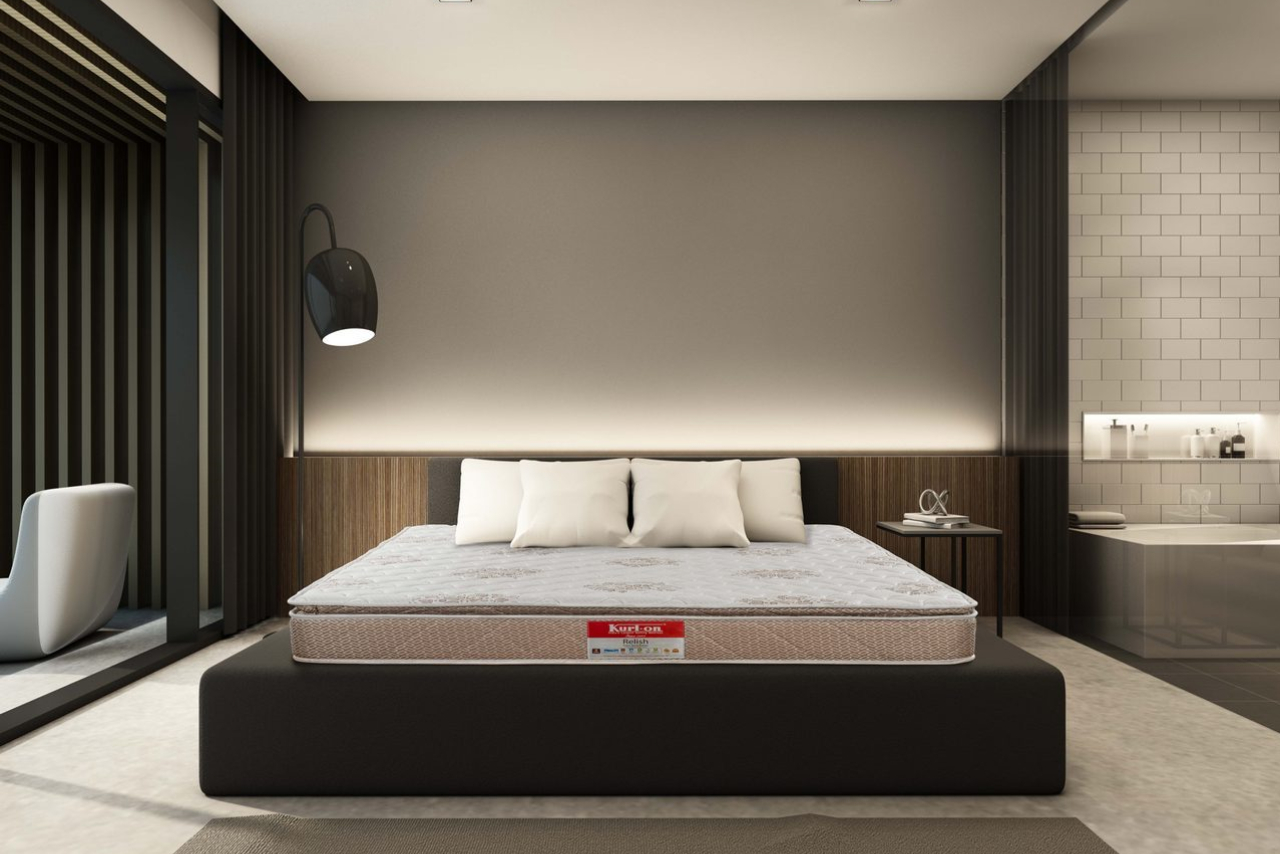The right mattress for kids and teens is crucial. Sleep is essential to their development and the wrong mattress can harm their sleep and health. Child bodies change as they grow, requiring different support. A good mattress provides comfort support and safety ensuring restful sleep.
Parents must understand the importance of a good mattress. This investment improves their child’s physical and mental health, academic performance and mood. Given the variety of mattresses choosing one that meets their needs is essential.
Key Factors To Consider The Proper Mattress For Kids
Age And Growth Stages
The mattress a child needs depends on their age and growth. Infants need firmer mattresses for their fragile spines. As they grow more robust and mobile toddlers may choose softer options. Teenagers’ bodies change rapidly. A mattress that supports a child may not support a teen. It would help if you had a mattress that adapts to these changes. Ensure comfort and support by regularly assessing whether the mattress meets their growing child needs.
Mattress Size
Finding the right mattress size is crucial. The mattress should fit comfortably in the room leaving room for other furniture. Twin or twin XL mattresses work for young children but they may need a full size mattress as they grow. More oversized mattresses offer more space to accommodate growth spurts and active sleeping patterns. Consider mattress longevity. Choose a slightly larger size if space allows to avoid frequent upgrades as your child grows taller.
Support And Firmness Levels
Mattress support and firmness are essential. Firmness should match the child’s weight , sleeping position and comfort. Firmer mattresses support the spine better especially for back and stomach sleepers. However firm mattresses may bother side sleepers. Support and comfort must be balanced. Too little support from a soft mattress can cause back pain and poor posture. Firmness tests can help choose the best option. Adjustable mattresses let you customize firmness as your child grows.
Material Type
Different mattress materials offer other benefits. Memory foam relieves pressure by conforming to the body. A bouncier innerspring mattress provides firm support. Latex mattresses are hypoallergenic and durable making them ideal for allergic kids.
Hybrid mattresses combine multiple materials to provide comfort and support. Chemical free organic mattresses are another option. The child needs to determine the pros and cons of each material. Choose a mattress material based on durability, breathability and temperature regulation.
Allergies And Sensitivities
Selecting a mattress for allergic kids requires special consideration. Latex or other hypoallergenic materials resist dust mites and mold and some mattresses have allergen blocking covers for added protection. Breathable materials regulate temperature and moisture preventing allergen growth. To reduce allergen exposure, clean and maintain the mattress. Consider an organic mattress made from natural materials without harsh chemicals or irritants for kids with severe allergies.
Safety And Durability
Children’s mattresses must be safe. Non toxic materials and certifications guarantee a chemical free mattress. Children are more active in their beds so durability is essential. A mattress that can withstand jumping and rough play will last longer and retain support. Safety features like reinforced edges prevent falls and injuries. Buy a sturdy high quality mattress for safety and longevity. To ensure a safe sleep check the mattress for wear and replace it as needed.
Budget Considerations
Budget and quality should be priorities. With research you can balance quality and price. Look for better deals, discounts and warranties. Some inexpensive mattresses are durable and comfortable making them ideal for budget conscious families. Consider the mattress a long term health investment for your child. Investing more upfront can improve sleep quality and reduce replacements. Compare brands and models to find the best budget option.
Tips For Testing And Buying
In Store Vs. Online Shopping
Selecting a mattress online or in store is crucial. In store shopping lets kids try out mattresses and find their comfort level but online shopping offers more options and extended trial periods. Reading reviews and checking return policies reduces online shopping risks. Some online retailers offer free returns making finding the right fit easier. Compare prices and features between in store and online options to get the best deal on a quality mattress.
Involving Kids And Teens In The Decision
Involving kids and teens in mattress selection is crucial. Their feedback ensures the mattress fulfills their comfort preferences, improving sleep. It also makes them feel involved in their sleep environment promoting healthy sleep habits. Having them try out mattresses in store or at home during a trial period can help them decide. This method also emphasizes informed decision making. A fun engaging mattress shopping experience can help them appreciate a good night’s sleep.
Reading Reviews And Ratings
Selecting a mattress requires reading reviews and ratings. Feedback from customers reveals the mattress performance, comfort and durability. Look for review patterns such as comments on the mattress durability or sleep style suitability. Use ratings to compare models and brands and narrow your choices. Read both positive and negative feedback to get a balanced view. Parents who bought the mattress for their kids can provide helpful feedback. This information helps you choose a mattress that suits your child.
Conclusion
The right mattress for kids and teens is crucial. It impacts sleep growth and health. Parents can choose based on age, size , support and material. Involving kids ensures the mattress meets their comfort needs. Quality and budget must be balanced when shopping online or in store. The right mattress helps kids and teens sleep well and develop. A good mattress is an investment in your child’s health and happiness.










